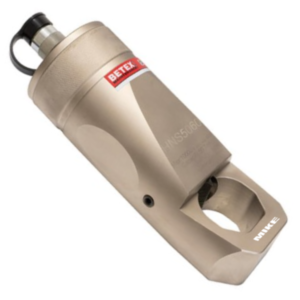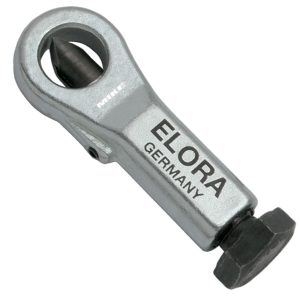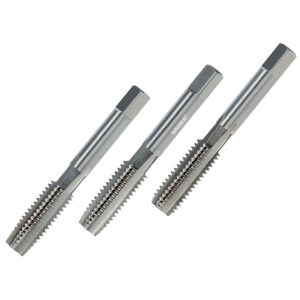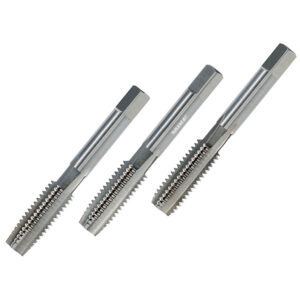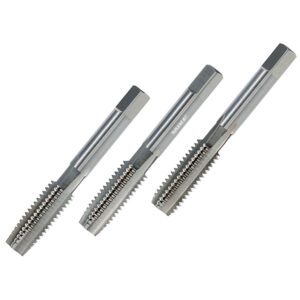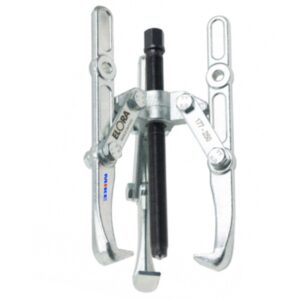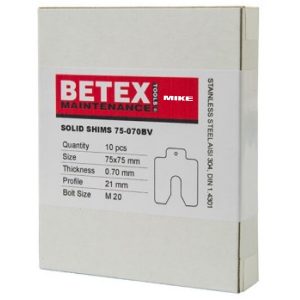Nut Splitters: Mechanical nut splitters are hand-held tools that use mechanical force to split nuts. They typically consist of a hardened steel blade and a screw mechanism that applies pressure to the nut, breaking it apart. These types of nut splitters are best suited for smaller nuts and bolts and are often used in automotive and industrial applications.
Mechanical and hydraulic nut splitters.
On the other hand, hydraulic nut splitters are powered by hydraulic pressure and are capable of splitting larger nuts and bolts that a mechanical nut splitter cannot handle. They work by using a hydraulic pump to generate pressure that is then applied to a piston, which in turn drives a blade into the nut, splitting it apart. Hydraulic nut splitters are typically more expensive than mechanical nut splitters, but they can handle larger and more stubborn nuts with greater ease and efficiency.
Both mechanical and hydraulic nut splitters have their advantages and disadvantages, and the choice between the two will depend on the specific application and budget. It’s important to consider factors such as the size and hardness of the nut, as well as the frequency of use, when deciding which type of nut splitter to use.
Basic differences between mechanical and hydraulic tools
There are a few other factors to consider when choosing between them. One factor to consider is portability. Mechanical nut splitters are generally lighter and more compact than hydraulic nut splitters, making them easier to transport and use in tight spaces. Hydraulic nut splitters, on the other hand, require a hydraulic pump to generate pressure, which can add weight and bulk to the overall tool.
Another factor to consider is speed. Hydraulic tools are generally faster than mechanical nut splitters, due to their ability to generate higher levels of pressure. This can be especially important in industrial settings where time is a critical factor.
Finally, it’s important to consider the cost. Hydraulic tools are generally more expensive than mechanical nut splitters, due to the additional cost of the hydraulic pump and other components. However, they can also be more cost-effective in the long run, due to their durability and ability to handle larger and more stubborn nuts.
Overall, the choice between mechanical and hydraulic will depend on a variety of factors, including the size and hardness of the nut, the frequency of use, portability requirements, speed, and cost. By carefully considering these factors, you can select the nut splitter that best meets your needs and budget.
How to choosing a hydraulic nut splitter set?
When choosing a hydraulic nut splitter set, there are several factors to consider to ensure that you select the right set for your needs. Here are some key considerations:
- Size and Capacity: Hydraulic nut splitter sets come in different sizes and capacities, so it’s important to choose one that is appropriate for the size and strength of the nuts you’ll be working with. Consider the maximum nut size and the maximum splitting force that the set can handle, and choose a set that meets your needs.
- Quality and Durability: Look for a hydraulic nut splitter set that is made from high-quality materials and is built to last. A durable set will save you money in the long run by reducing the need for frequent replacements or repairs.
- Compatibility: Make sure that the hydraulic nut splitter set you choose is compatible with your existing hydraulic equipment. Check the specifications of your hydraulic pump and hoses to ensure that they will work with the nut splitter set you’re interested in.
- Portability: If you need to use your hydraulic nut splitter set in different locations, consider choosing a set that is portable and easy to transport.
- Brand and Reputation: Choose a reputable brand with a history of producing high-quality hydraulic tools. Read reviews and ask for recommendations from colleagues or industry experts to ensure that you choose a reliable and effective hydraulic nut splitter set.
- Price: Finally, consider the price of the hydraulic nut splitter set and ensure that it fits within your budget. However, don’t compromise on quality and durability for the sake of a lower price.
By considering these factors, you can select a hydraulic nut splitter set that is appropriate for your needs and will provide reliable performance over the long term.
Nut Splitters
Showing all 2 results

